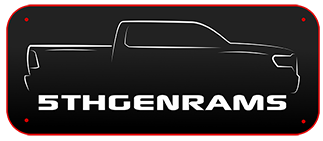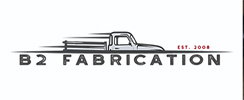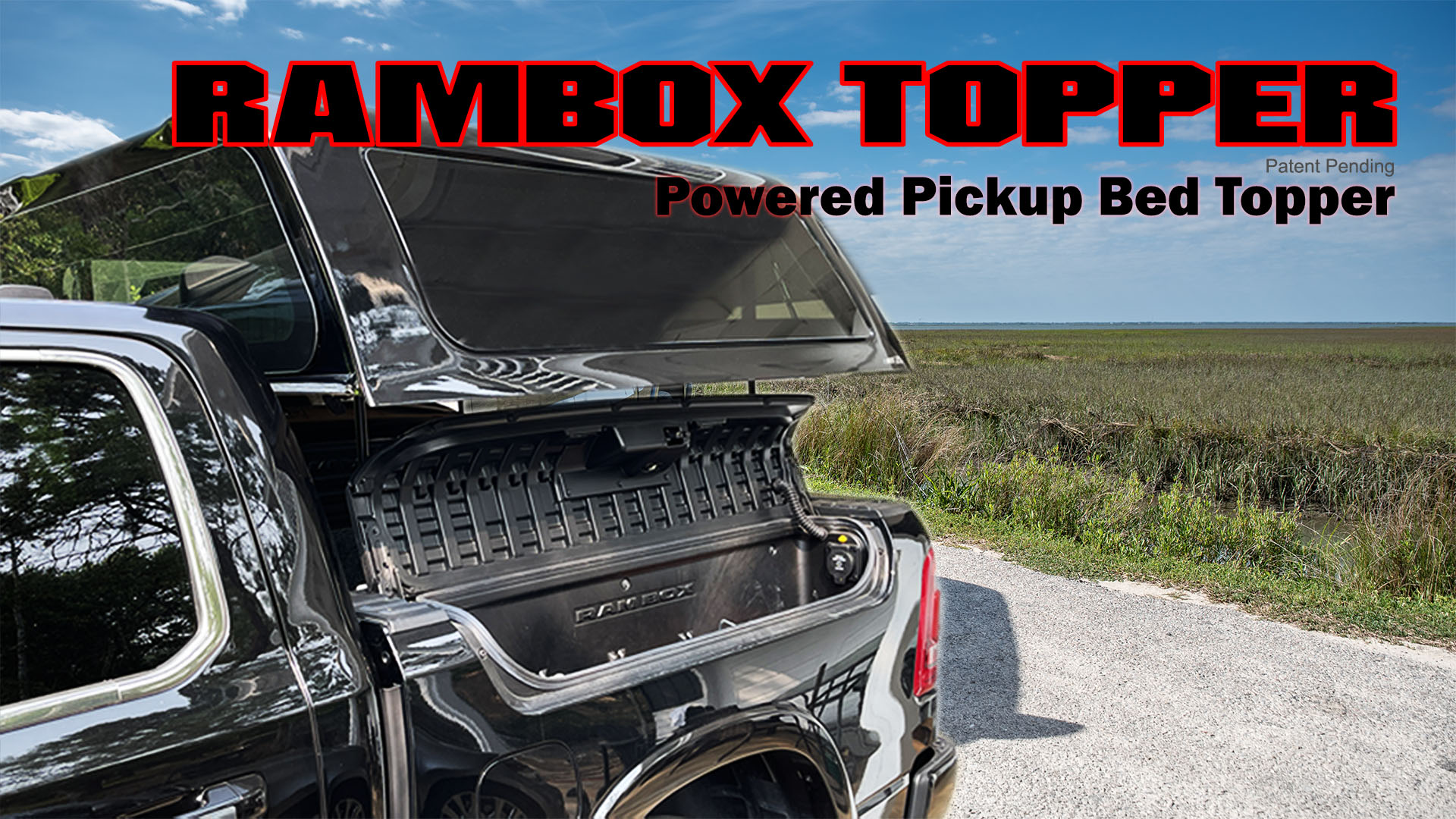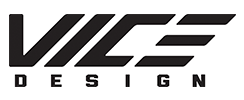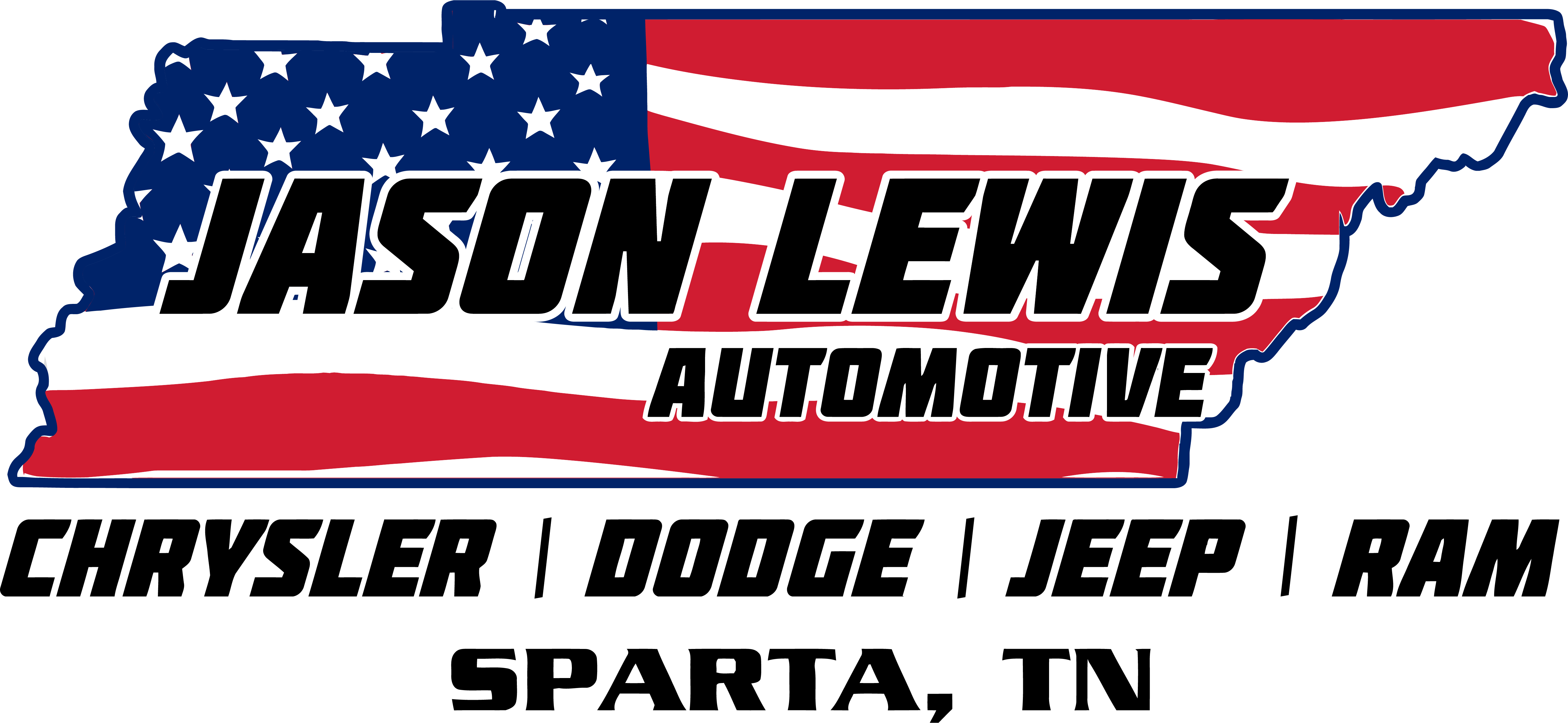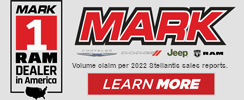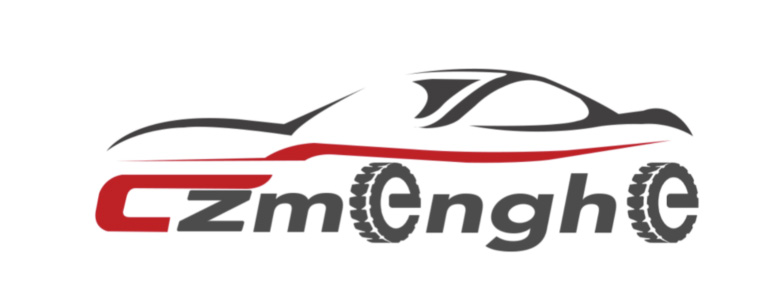Before I purchased the truck on Sept 8, 2019 I did the VIN search which showed the specific truck to have a tow capability of 11,300 lbs and max payload of 1840. Fast forward to Feb 7, 2020 I decided to search again and was shocked to discover it had dropped to 11,255.53 tow and 1355.53 max payload. I kept screen shots of both. I’m not sure what happened there but I lost a lot of cargo carrying capability. I’m concerned about my true capability since we recently purchased a new travel trailer that weighs 9,058 lbs with 2013 lbs cargo carrying capability. We tow dry and only carry 1,000 lbs or less so we would be under 10,000. I weigh stuff as I take it in the trailer so that‘s a solid estimate.
The tongue weight for the new trailer is 1130 lbs which was 5 lbs over factory specs. I called RAM and spoke to their reps, let them know I was using a weight distribution hitch but was thinking of upgrading the receiver to a class V that would give me a higher tongue weight capability of 1700 lbs and asked if it would void my warranty. They advised I was ok in either situation as long as I wasn’t towing above the factory weight of 11,255. I could hear her typing so hopefully they have the record if something goes wrong. I kept my notes too.
So as it stands now I believe the truck to have the following ratings:
GVWR - 7100
GAWR Front - 3900
GAWR Rear - 4100
Max tow - 11,255.53
Max cargo - 1355.53
tongue - 1700 lbs
Factors for consideration in towing:
Family including dog - 500 lbs
10,000 lb trailer
[/QUOTE]
I've 'read' that the VIN search isn't reliable. But as you're asking for factual info, I'd say a) what's the payload listed on your door sticker - since that includes all factory options added to your truck? and b) get to a CAT scale and then deduct that weight from the 7,100 GVWR to get your true payload available. That 7,100 is a fixed value that doesn't care about the trim level or added options, so you're best to start there and get that true CAT weight to calc your available.
There's some disagreement in the boards and other info I've dug up on whether fuel deducts from the available payload showing on the sticker, but a true weight from a CAT scale subtracted from the GVWR eliminates that argument. You'd just need to increase your CAT weight (on paper) for any fuel weight missing due to less than a full tank - that would give you the true available payload when you have a full tank. You could then go the extra step and get a front axle/rear axle/trailer axle weighing for the real picture of your tongue weight (for a 'visit', CAT charges $10.50 for first weight, $2 for the second and $0 for a third if you want - scope out their app).
You can fudge the tongue weight a bit by being precise with your loading of the trailer...weight behind the trailer axle adds less to the tongue weight than weight carried in front of the trailer axle (but don't go too far off the old 60% front/40% back rule or you'll risk on-road handling when you're towing!). All weight sums against the GVWR for the trailer, but you can maximize your tow ability by keeping heavy stuff centered or just behind the trailer axle/ We carry all drinking liquids in the dinette slide-out - which rides exactly over the axles and balances the appliances on the opposite side. Then we load the basement evenly, left to right, put an equal amount of weight in the closet at the rear of the trailer and keep heavier clothing hanging in the front closets (primarily to counter any black/grey water we might carry and those tanks are in our rear and the fresh tank is up front- which we rarely carry fresh). By careful/balanced loading, we've gotten our tongue weight as low as 10% of the trailer GWVR vs the 12% we typically get if we're not as precise. For us, that's just over 110# saved, which is substantial when you're talking 1,350# available payload.
One final unsolicited personal thought: while I don't exceed any of the limits when we tow, we all know these trucks have some measure of excess capacity built into them. If you DO feel the need to exceed any of the limits, please at least keep your speed down and avoid towing on windy days. My experience towing with the RAM so far would lead me to believe you're better off with a slightly overloaded combo driven in good conditions at lesser speed than a safely loaded combo driven too fast or in bad conditions.
